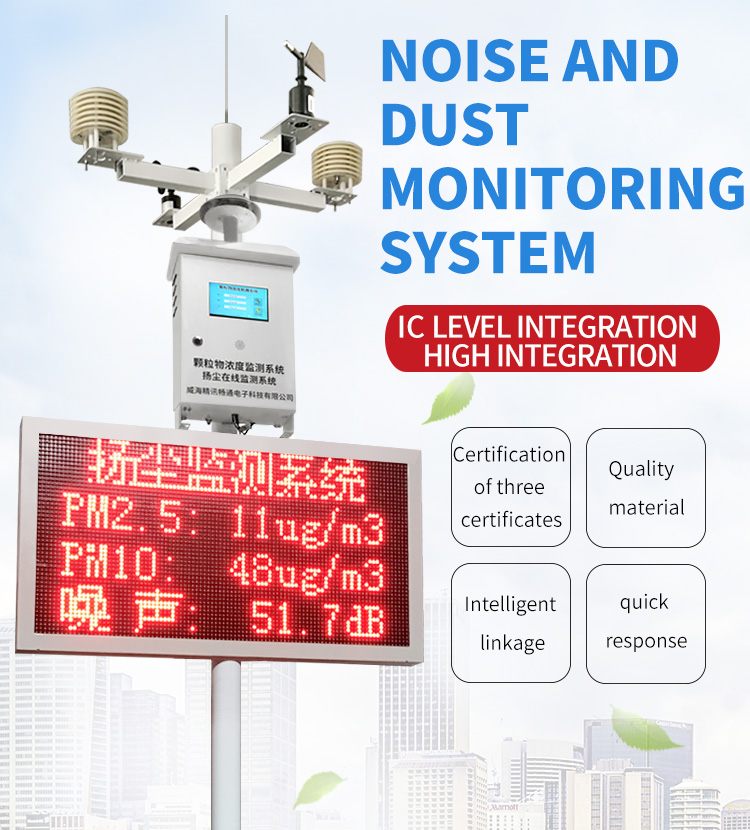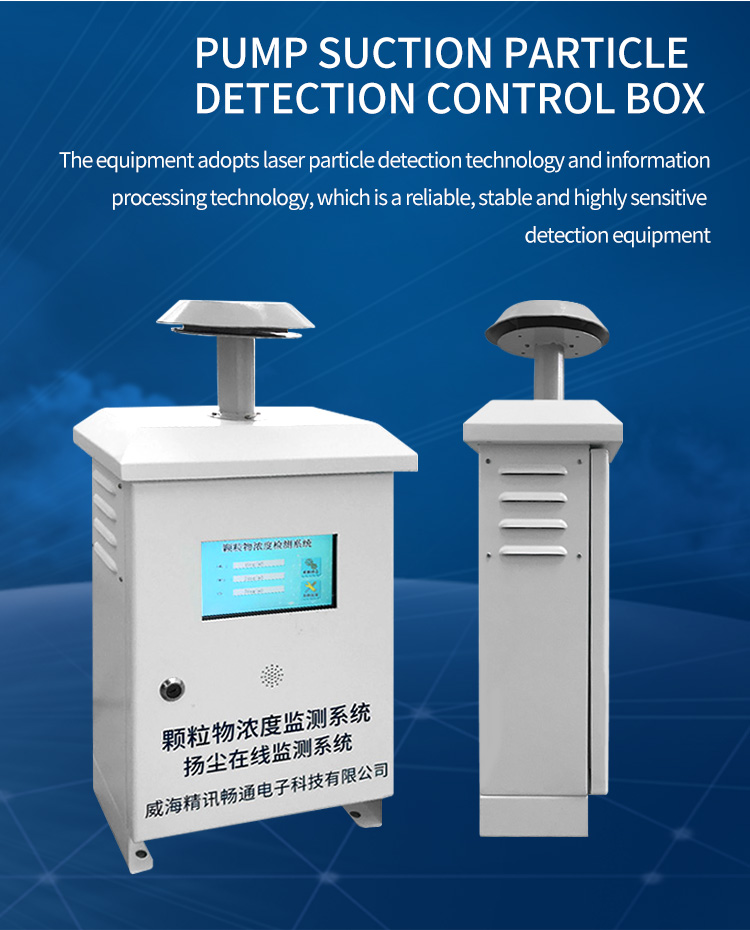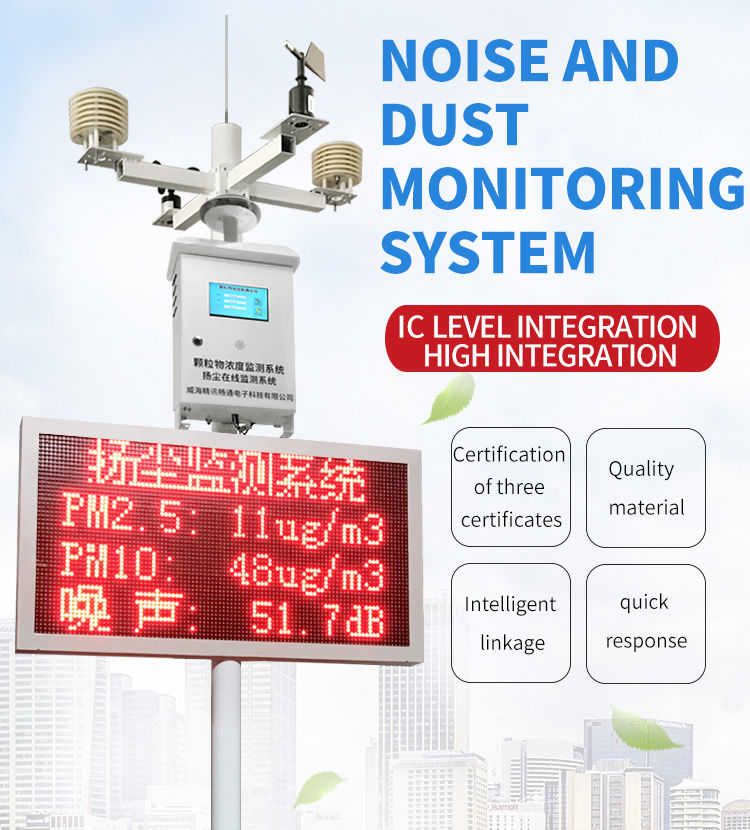Sustainable agriculture is a farming practice that prioritizes environmental health, social equity, and economic viability. The overarching goal of sustainable agriculture is to balance food production with environmental protection and the preservation of natural resources. However, while the concept of sustainable agriculture has gained popularity in recent years, many farmers struggle to implement sustainable practices effectively. One emerging technology that can help farmers achieve sustainable agriculture is environmental monitoring.
Environmental monitoring is the process of measuring and analyzing various parameters such as soil quality, water quality, air quality, and biodiversity to understand their interactions and impacts on the environment. By combining sensor technology, big data, and analytics, environmental monitoring systems provide real-time and precise information about the state of the environment. This information can help farmers make informed decisions on how to manage their farm resources sustainably.

Soil Sensors
One of the most commonly used environmental monitoring tools in farming is soil sensors. Soil sensors measure several key parameters like moisture content, temperature, salinity, pH levels, and nutrient levels. These parameters are critical for crop growth and can provide farmers with real-time data to make data-driven decisions about crop management practices, including irrigation scheduling, fertilizer application, and other inputs. Moreover, this real-time data generated by soil sensors can detect soil issues that may affect crop growth, like nutrient deficiencies and soil compaction, saving farmers time and money.
Water Quality Monitoring
Water quality monitoring is also a vital aspect of sustainable agriculture. It ensures that farmers use water resources optimally, preventing overuse or contamination. By using water quality sensors, farmers can determine the quality of the water, including its chemical composition, temperature, and level of dissolved oxygen. They can then adjust their irrigation schedules and apply water where and when it is needed, leading to significant water savings compared to traditional irrigation methods that rely on fixed schedules or manual monitoring.
Air Quality Monitoring
Air quality monitoring is another essential aspect of environmental monitoring in sustainable agriculture. Air pollution can negatively impact plant growth and human health, leading to decreased crop yields and respiratory illnesses in farmers or nearby communities. By using air quality sensors, farmers can monitor levels of pollutants like nitrogen dioxide, sulfur dioxide, and particulate matter, enabling them to take action to reduce exposure to these harmful substances.
Biodiversity Monitoring
Biodiversity monitoring is an emerging area of environmental monitoring in farming. Biodiversity is essential for sustainable agriculture as it promotes soil health, pest control, and pollination, leading to better crop yields and ecosystem resilience. Biodiversity monitoring involves tracking the variety and abundance of plant and animal species on a farm. This information can help farmers design more diverse and resilient farming systems that promote biodiversity conservation.
In Conclusion

Environmental monitoring is a game-changer for sustainable agriculture, providing farmers with precise and timely information about their farm resources that lead to more sustainable practices. From soil sensors to water quality, air quality, and biodiversity monitoring, environmental monitoring tools enable farmers to make data-driven decisions and optimize inputs, reducing input costs, and promoting healthy crop growth and improved yields.
While challenges remain, such as access to technology and data, environmental monitoring is an essential component of sustainable agriculture and should be embraced by farmers, policymakers, and researchers alike. By promoting sustainable farming practices, we can ensure a healthier, more prosperous future for ourselves, our farms, and our planet.







